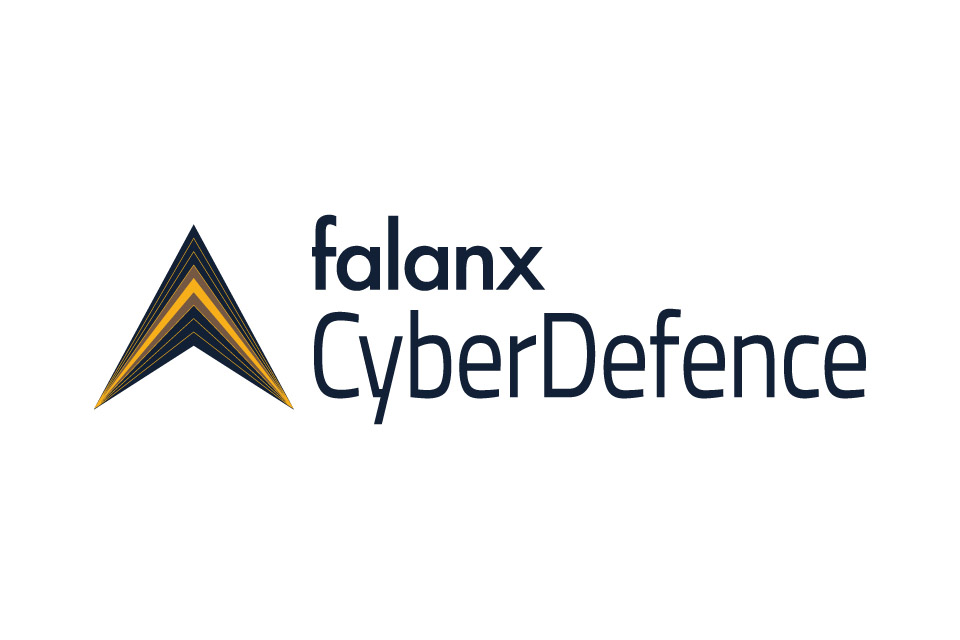WEBINAR REWIND: How to Tackle Working From Home Security Threats
https://cybersecureforum.co.uk/wp-content/uploads/2020/05/Zivver.jpg 960 640 Stuart O'Brien Stuart O'Brien https://secure.gravatar.com/avatar/9defd7b64b55280442ad2d7fb546a9db?s=96&d=mm&r=gLast week ZIVVER hosted a webinar during which participants learned the secrets to securing an organization’s communications while safeguarding against costly data leaks with a remote workforce – if you missed this essential session you can re-watch it again now.
The lively 30 minute discussion includes expert insight and opinion from:
- Quentyn Taylor is Head of Security for one of the largest enterprises in London. He is regarded as a key security commentator and is regularly quoted and published in industry publications and mainstream media.
- Becky Pinkard is a renowned practitioner and commentator on the information security sector who has been working in information technology and security since 1996.
- Rick Goud is the co-founder and CEO of Zivver, one of the top secure communication platform companies in Europe.
Tops covered off include:
- Behind the stats: the top causes of data breaches in the UK
- Data leak blunders and how to prevent them
- Evolving security threats with a remote workforce
- Modern solutions to secure outbound communications
Watch again by clicking here
Securing outbound email is vital to help safeguard sensitive information and prevent data leaks. The good news is that this can be done easily and affordably with ZIVVER’s secure communication platform.
Getting started is easy
Setting up a ZIVVER account for up to 50 users can be conveniently done from any device in just a few clicks, 24 hours a day, 7 days a week. Simply choose the desired plan, select the number of users, and pay with a credit card to immediately begin sending communications securely.
Use the code WFH30UK to get 30% off for the first 3 months of your subscription – Click here to get started.












